CED Students Document Historic Resources in U.S. Virgin Islands National Park
Seven CED students, ranging from freshman BLAs to graduate historic preservation students, assisted Professor Cari Goetcheus to document the cultural landscape of Annaberg Plantation, a circa 1800 Danish Sugar Plantation on St. John in the U. S. Virgin Islands (USVI) over Spring Break 2020. The work was funded through a National Park Service grant for hurricane recovery assistance as a result of major damage to park cultural landscapes from 2017 back to back hurricanes Irma and Maria.
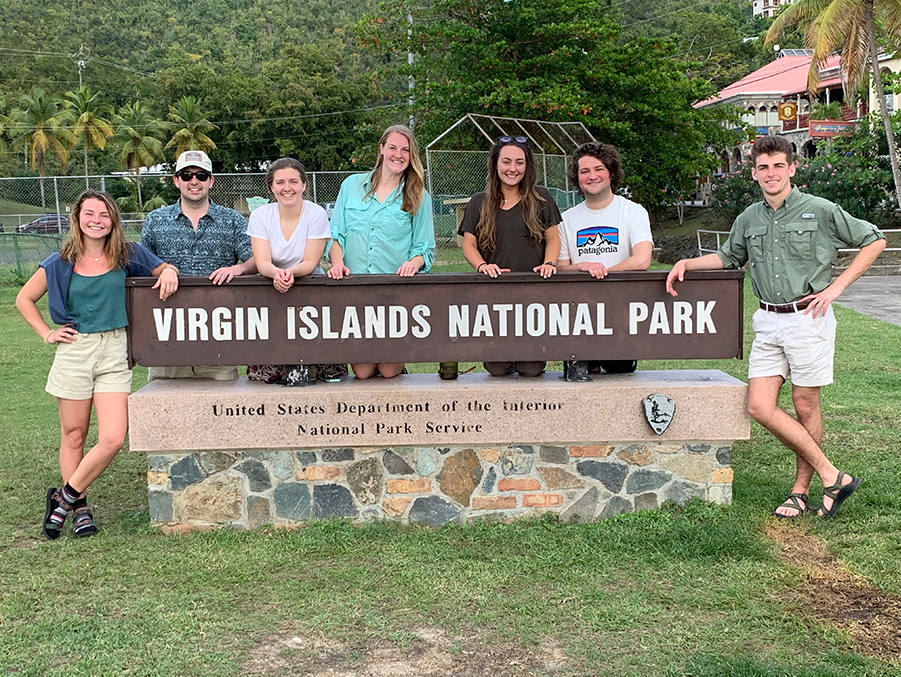
Seth Boles, Goetcheus, Elise Langston, Megan McPherson, Braden Meadows, Natalie Henderson, Hadden Powell, and Emily Rogers spent a week doing field work during the day and drawing at night to document known and little-known historic landscape features on the plantation. Features such as cisterns, the remnants of aqueducts, stone property boundary delineations, former slave home ruins, and gravesites were captured via GPS, photography, measurement, and field sketches. Elements were then drawn in CAD software to create an up-to-date site plan. Park cultural resource managers and archaeologists worked with the CED team as they bushwhacked through thick vegetation, over steep hills, and through stinging nettles to document (and understand in a new way) the historic landscape.
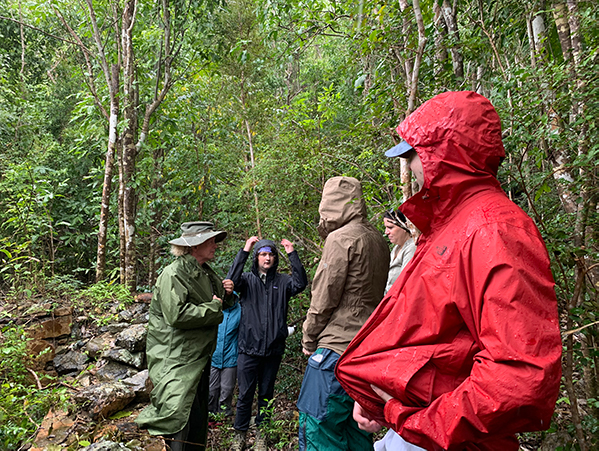
Each day, as word spread of CED’s discovery and documentation of forgotten historic resources, park staff would stop by to learn of the new findings. By the end of the week, the USVI Park Superintendent met with the CED team and brainstormed innovative ways to communicate the recently discovered historic resources to the public.
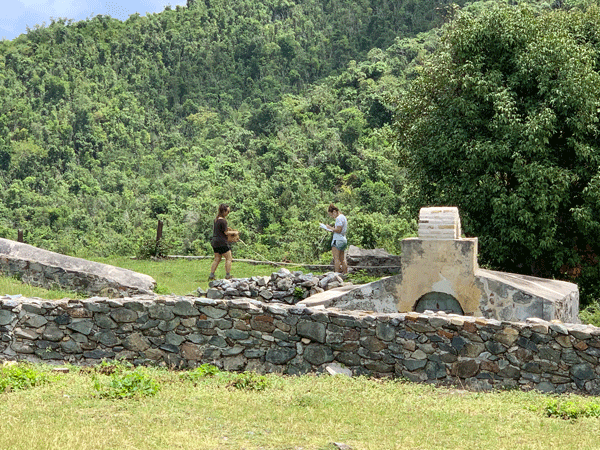
On the final work day, the team documented a decaying, architect-designed, mid-century modern residence overlooking Cinnamon Bay. CED’s work will assist the National Park Service (NPS) Southeast Regional Office staff do their Section 106 of the National Historic Preservation Act review. In a little less than three hours, the team captured over 300 GPS points, numerous photographs, and field measurements.
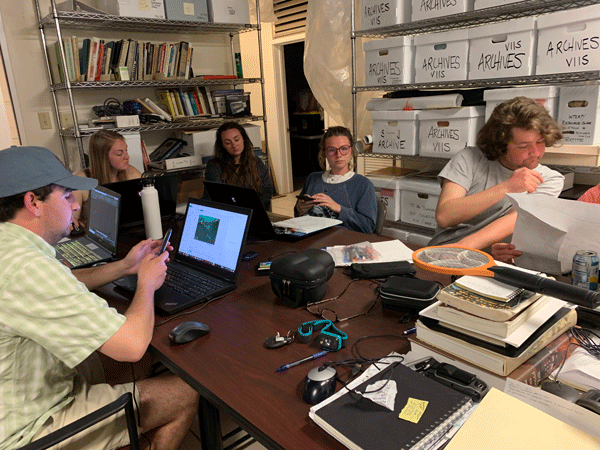
Despite the hard work, the team had a great time. Lodging in a campground without electricity, the team spent their time not working on-site visiting gorgeous beaches, dining at local restaurants, listening to music, and playing cornhole. Below, students reflect on their experience:
“Getting to document relatively unknown landscape features for the NPS made me feel like a real-life treasure hunter. I’m glad that I could finally use the various skills I learned in the classroom out in the field to understand the complex cultural landscape at Annaberg.” Megan McPherson, Senior Anthropology student with certificate in historic preservation, incoming MHP student
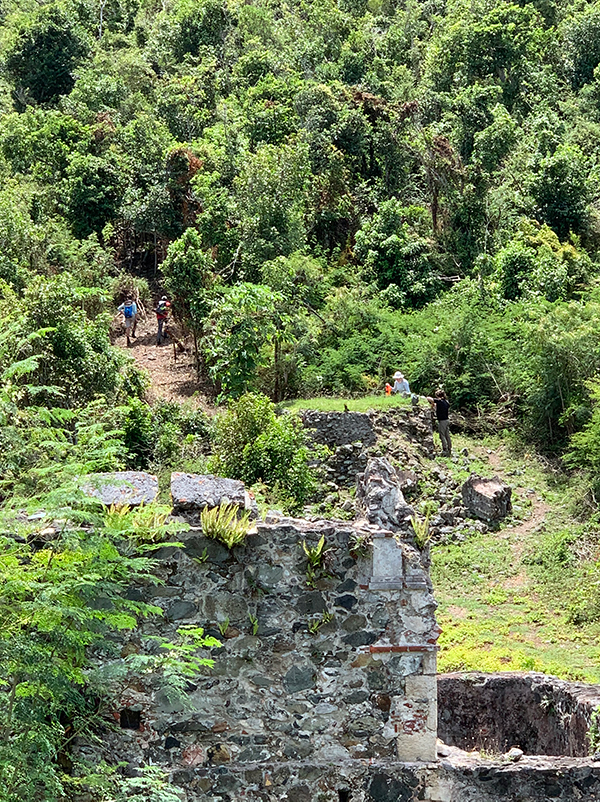
“Each of us came from different programs with a variety of knowledge making the group diverse, effective, and accomplished. We took that combination and helped document and preserve one of the nation’s most beautiful National Parks. I learned more and had more fun in that week than I ever could have in Athens. That firsthand field experience that allowed you and others to plug your knowledge into the process created a true impact not only for the park and the people who maintain it, but also for myself and the generations to come that will continue to learn about, preserve and protect all the information that is embedded in the Annaberg cultural landscape. So if you ever get the opportunity to go, serve and experience a firsthand field study, and as long as you have done your research and know about the place, go!” Hadden Powell, First Year BLA
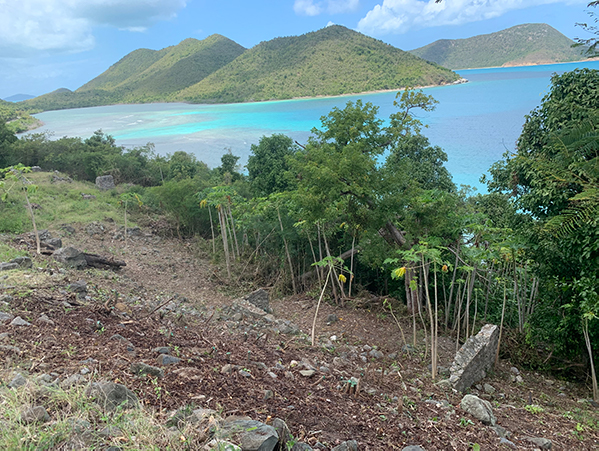
“I think back to my journal entry from the third night… "I feel like I have been let in on a secret. A secret that is being screamed from the hilltops. Looking over the dense hillside, rediscovering the ruins, and driving along the developed coastline; you begin to feel the pulse and see the fingerprints. The fingerprint of the past is rich here. I have come to realize only the attentive, obsessively determined, and some may claim idiotic, will begin to piece together the secrets of the landscape. What a gift it is to be let in on secret, and not just be let in but given the responsibility to document it." "The opportunity to document the expanse that claims home to generations of lives, many of which were under brutal conditions incomprehensible to us, was humbling to say the least." Emily Rogers, Second Year BLA
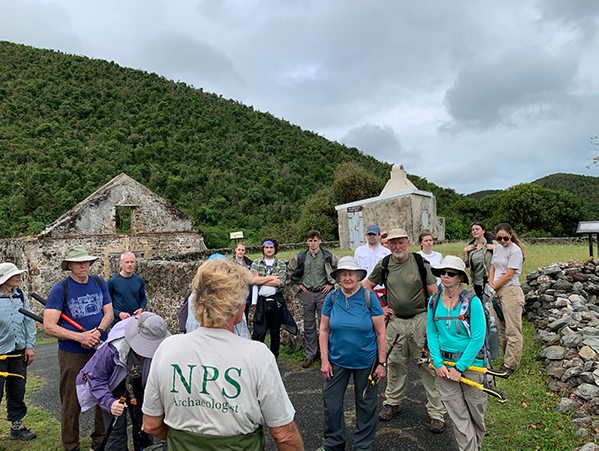
“Looking back on this experience, I cannot help but describe this trip as a once in a lifetime opportunity. On the first day, as our team was exploring Annaberg, I thought to myself that in this moment we were standing on a precious and important piece of history which has been entrusted to us to document and uncover the stories and lives that once stood in the exact same place I stood.” Natalie Henderson, Second Year BLA
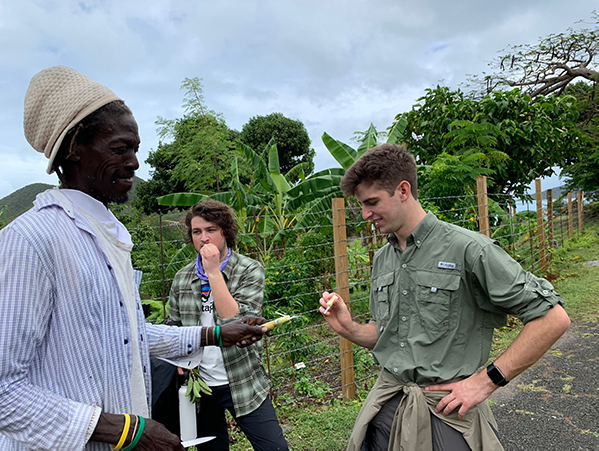
“In 2016, I had the opportunity to visit Annaberg as a tourist. Four years later, I am absolutely floored by the opportunity to take part in discovering and documenting structures that were once part of the plantation. This whole endeavor shattered the wall in my mind that separated the "discovered" and "undiscovered" history. Where I had once stood as a tourist making the shallow mental assumption, "Wow, that's nice. I guess [what I could see] is all there is to be found here," I was able to stand in the same place four years later and see ‘known’ Annaberg as just the beginning of countless amazing structures and artifacts hitherto undocumented. I could never put a price on that change in perspective.” Elise Langston, Second Year BLA.
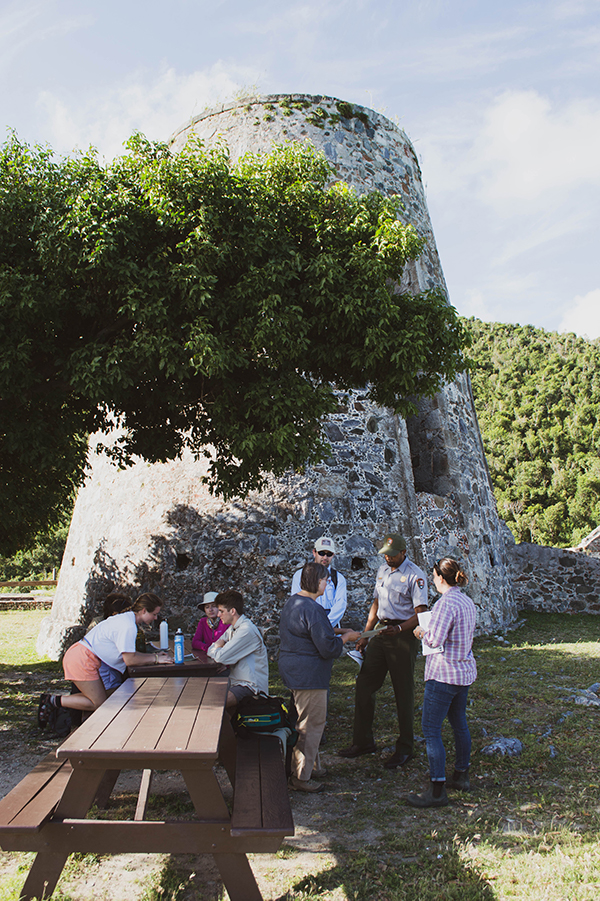
“Words cannot do justice how amazing of an experience this trip was. Since my first semester in the CED, I have been captivated by the study and documentation of cultural landscapes. Getting to go on this trip reaffirmed to me the importance of their conversation and preservation. The intricacy and interconnectedness of cultural landscapes are the root of the allure that I have with them. One cannot help but to see the layers of history that the landscapes we documented contain. The landscape’s layers of pain, suffering, and greed transcend time yet grant us the humbling and somber opportunity to peer through a window into a culture and life that most of us would view as unfathomable. On the trip, I had the opportunity to scale a mountainside in search of remnants of an aqueduct constructed of large rocks and tile that would have supported the entire plantation. As I was scaling the mountain and grasping the toil and suffering that would have existed to make this marvel of a construction possible, I was struck by a quote from one of my favorite authors – Norman MacLean. He writes, “On some of the rocks are timeless raindrops. Under the rocks are the words, and some of the words are theirs.“ This captures the essence of the Annaberg landscape – how can we explain the landscape’s successful and extremely profitable sugar plantation. How can we interpret the lives, stories, traditions, and suffering of the enslaved people that worked the landscape? This realization is what drives me to document these landscapes and what makes this trip a once-in-a-lifetime opportunity.” Braden Meadows, Senior BLA, incoming MLA student
“This project was my 'I made it to grad school moment.' Being a candidate for the Master of Historic Preservation program, I look at old buildings all day and every day. However, that's why this was such a special trip. All of the historic resources or cultural landscapes I have been able to work with have been observed before -- combed over by experts and preservation enthusiasts. Not here. Our team was not only some of the first people to document many of these resources, but the first to begin to piece together how they fit into the historical narrative and landscape of Annaberg. As our progress continued each day, the enthusiasm of the staff at the NPS became more and more palpable. Being a part of this project and seeing the excitement of people who are doing the kind of work I hope I will be doing made this a truly memorable and worthwhile experience.” Seth Boles, First Year MHP Student
